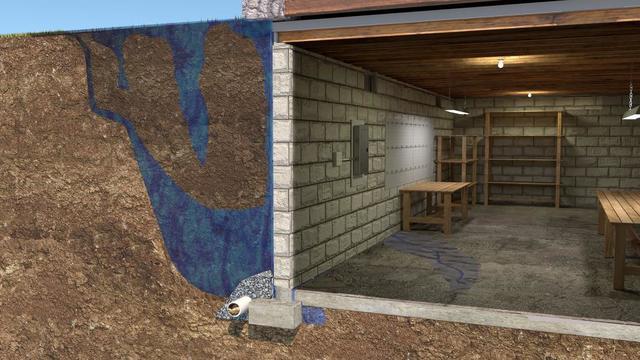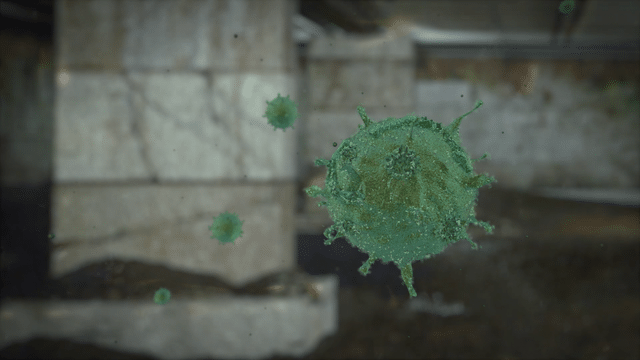The Science Behind Wet Basements-And How to Prevent Them

Basements were pretty much designed to fail
When your basement was built, there really wasn't much done to prevent it from flooding. The exterior footing drain that’s laid around most basements outside the footing (or at the bottom of the walls) is too susceptible to clogging with mud. They’re supposed to collect the water coming in and and direct it away from your foundation, but most of the time they don’t even lead out anywhere. They’re pretty much useless.
The next problem is the walls, especially block foundation walls. These blocks are hollow and porous, with imperfect joints between them. When water gets in at one spot, it spreads out inside the wall, and the whole thing leaks. They are not at all resistant to water penetration.
The problem with relative humidity
As we all know, basements are cold. The soil that surrounds your basement is about 50 degrees Fahrenheit. So when hot, humid air enters the cold basement, it creates a recipe for disaster called ‘psychrometrics.’
For every 1 degree we cool the air, the relative humidity goes up by 2.2%. So if 80 degree air with 70% humidity enters a 65 degree basement, the air cools by 15 degrees. So 15 x 2.2%= 33%. This means the relative humidity increases significantly (70% + 33%= 103%). What happens when the relative humidity of the air surpasses 100%? Condensation.
Condensation will appear on cold surfaces like at the bottom of the walls and the floor (that are deeper in the cold soil), as well as AC ducts, cold water pipes, and well tanks.
But even before condensation occurs, humidity causes other problems first. At 70% relative humidity, the mold grows. At 90%, the rotting begins. Pests also love the moisture, especially termites (ew!).
"Mold Food"

There’s probably wood, drywall, and/or latex paint in your basement—which are organic materials—also known as ‘mold food.’
Wood loves to absorb the moisture in the air. Annoying, right? It’s pretty much begging for mold and mildew. When mold grows, it sends spores out into the air to spread and grow some more (and to be inhaled by the people living there which causes many health problems). Be careful though, mold goes dormant when its home dries out (like in the winter), but it will come right back when the moisture returns.
Dry air year-round is the ultimate disinfectant.
ALL basements should at least have a dehumidifier. They constantly filter and dry the air, and then blow it around the entire basement to every nook and cranny. And any surface that separates the inside from the outside of the home should be insulated.
Fixing it is cheaper than not fixing it
If your basement is wet, full of mold, or just flat-out unusable, it lowers your property value by 10-20%. With a ranch, half of the home is unusable. With a two-story, one-third of the home is unusable.
Remember, fixing it is cheaper than not fixing it.
Property value aside, waterproofing your basement will simply give you peace of mind knowing that your home is protected. Your health and safety won’t be at risk, and you’ll gain a whole new usable space. The benefits are endless, so why not do it?!
HomeSpec can cure your wet basement ailments
Depending on your diagnoses, the professionals at HomeSpec will curate a personalized antidote for your basement. The ultimate solution is usually an interior drainage system + vapor barrier + sump pump + dehumidifier. This equation will make your basement virtually indestructible. Think of them as the Avengers of basement waterproofing, and the water is Thanos (snap!).
The interior drainage system goes around the perimeter of your basement and collects any water coming in, directs it to the sump pump, and then funnels it away from your foundation. It does not sit in the mud under the foundation so there’s no risk of clogging—instead it rests on the footing.
The vapor barrier covers your walls and directs any water vapor trying to pass through into the IDS and then into the sump pump. Can you guess what the dehumidifier does? You guessed it! It collects water moisture from the air and directs it to your sump pump.



